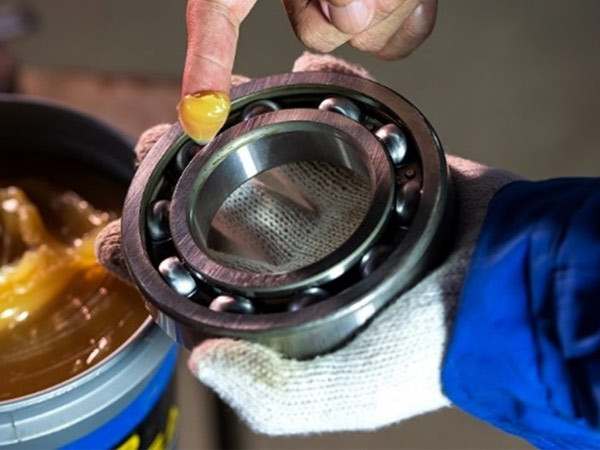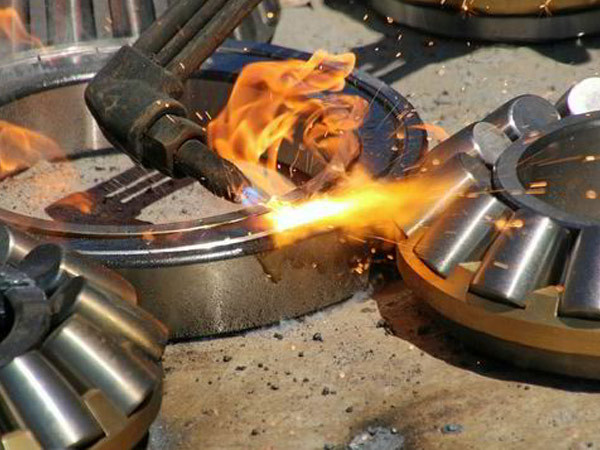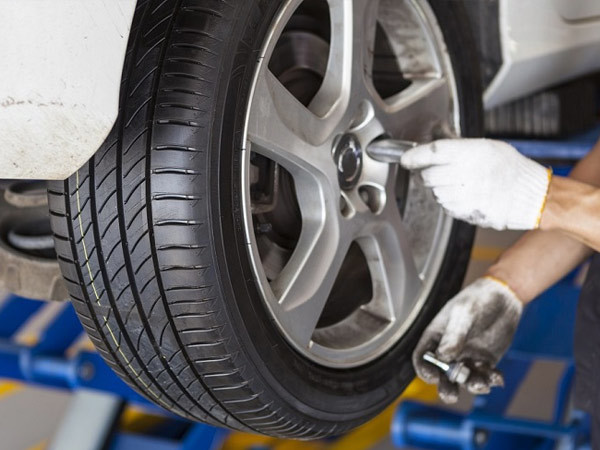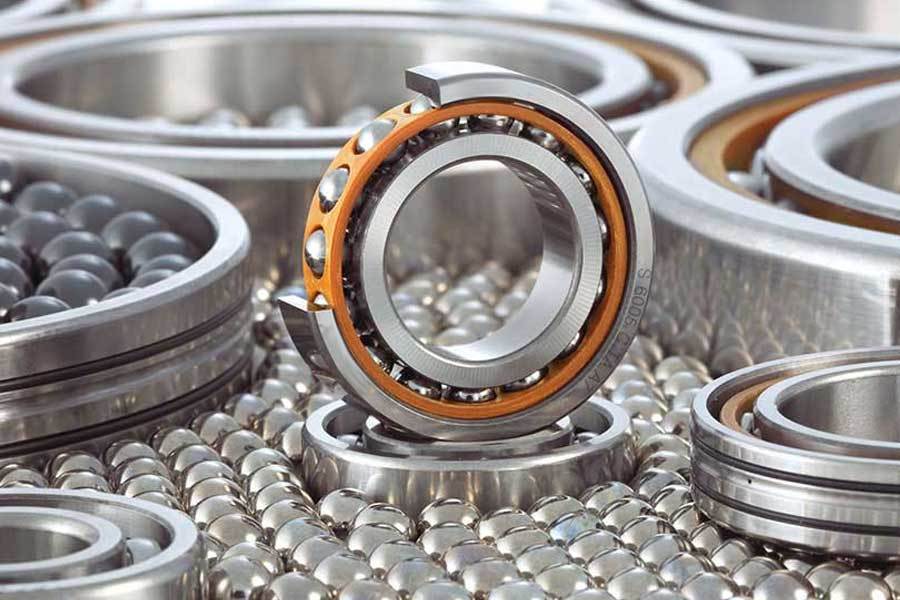Specific factors causing bearing failure
Release time:
2023-04-12
During the use of the bearing, many factors will cause the bearing to fail to work normally, that is, the failure of the bearing.
1、 Failure caused by electrical corrosion
Galvanic corrosion, or sparking, occurs when current flows through the rolling elements from one raceway to the other. The extent of the damage depends on the amount of energy and time, but the result is often the same: electrical pitting on the rollers and raceways, rapid lubricant degradation and premature failure of the bearing. To prevent damage from electrical currents, insulated bearings are usually used at the non-drive end. SKF offers two types of insulated bearings: INSOCOAT insulated bearings and hybrid ceramic bearings.
2、Failure caused by insufficient lubrication and pollution
If the lubricant is not viscous enough or has impurities, it will cause the lubricating oil film between the rolling elements and the raceways to thin, which will lead to metal-to-metal surface contact. To avoid this, first check that the correct lubricant is being used and that the relubrication interval and dosage are appropriate for the application. If there is contamination in the lubricant, check the seals and determine if they need to be replaced or renewed. Depending on the application, in some cases it is necessary to use a high viscosity lubricant to increase the oil film thickness.
3、 Failure caused by vibration
If the rotor shaft of the motor is not securely secured during transport, vibrations can occur within the bearing clearance, which can damage the bearing. Likewise, bearings can be damaged if the motor is subjected to prolonged external vibrations while at rest. The bearings can be secured during transport as follows: first the shaft should be axially locked using a U-shaped flat bar, the non-drive end ball bearings should be carefully preloaded, and then the bearings should be radially loaded with a strap. If the rest period is prolonged, rotate the rotor shaft periodically.
4、 Failure caused by incorrect installation and assembly
Common mistakes in installation include using a hammer or other similar tool to install the coupling half or pulley onto the shaft out of alignment, out of balance, over tensioning the belt, etc., resulting in overloading of the bearings. To prevent this from happening, precision instruments such as SKF shaft alignment tools and Microlog vibration analyzers can be used to check alignment and vibration, and use corresponding tools and methods when installing bearings.
5、Failure caused by insufficient bearing load
Bearings always require a minimum load to function properly. Damage from insufficient bearing preload can manifest as adhesive wear on the rollers and raceways. To prevent this from happening again, make sure that a sufficient external load is applied to the bearing. It is important to keep this in mind that cylindrical roller bearings are often used with heavier loads. This method is not suitable for preloaded bearings.
News










